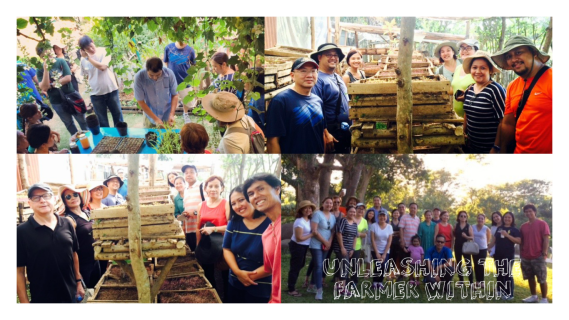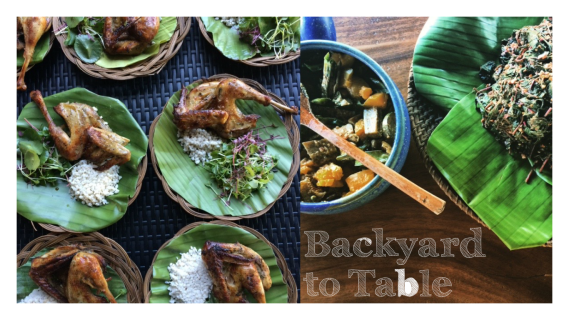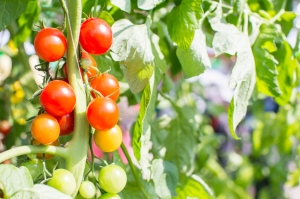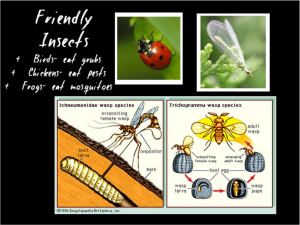What happens now, when farmers have lost the rhythm of the seasons? When there is no longer a time for everything: to plant; and to pluck what has been planted? And what happens when farmers give up on the land?
Every year for the last 20 years, we had sown seeds on December and then harvested a predictable volume on February. It was perfectly orchestrated. The plants would shoot up, bud, and then burst forth in blossom for Valentine’s Day. There was a season for everything: a time to plant; a time to pluck up what is planted.
Except this year. Up until February, our farmers were still waiting for the flowers to bloom. By then, we had lost half of our harvest to the unusual cold. The dependable season of wet and dry had gone awry. For the first time in 20 years, clouds blanketed the sun for days. And the cold lingered. Before that, farms had to take on the epic winds of Pablo and Yolanda, or the torrential rains of Sendong.
The changing climate. You hear about melting ice caps and rising sea levels and yet there’s very little said about agriculture. You trust nature will find a way. And perhaps, if there was a threat to agriculture, it wasn’t going to put farmers at risk soon.
Except that climate change doomsday for farmers is already here.
Extreme weather. And not only that, extreme AND unpredictable as well. Mindanao, the country’s breadbasket, the fortunate south that used to be spared from storms, that is where our farm is. With the shifting weather patterns, we now have to bear the full brunt of storms. You give all you’ve got for one planting cycle, extreme weather visits, and it’s pfft to 3 months of farming. Toss in the changing rhythm of seasons and we could no longer foresee warmth or rain. We previously timed sowing and harvesting to nature’s cycle of wet and dry. Except that the only predictable thing these last few years is that of torrential rains and violent winds. Everything is just up in the air!
 What about small family farms everywhere? The farmers plant for weeks. Wait for weeks. Weed, water, and reap. They are cash strapped and fall prey to usurious financiers who lend at high interest rates. They enter into contracts with onerous traders who snatch up their crops at rock bottom prices. They are beholden to landlords, financiers, and traders, working on land that’s quite often not theirs. Except now they also have to weather the likes of Pablo, Yolanda and Sendong, and bank on a temperamental Mother Nature. It is no wonder we have aging farmers. Who wants serfdom, muscle and sweat, with almost nothing at the farm gate? They would rather go to the city and sit on a desk.
What about small family farms everywhere? The farmers plant for weeks. Wait for weeks. Weed, water, and reap. They are cash strapped and fall prey to usurious financiers who lend at high interest rates. They enter into contracts with onerous traders who snatch up their crops at rock bottom prices. They are beholden to landlords, financiers, and traders, working on land that’s quite often not theirs. Except now they also have to weather the likes of Pablo, Yolanda and Sendong, and bank on a temperamental Mother Nature. It is no wonder we have aging farmers. Who wants serfdom, muscle and sweat, with almost nothing at the farm gate? They would rather go to the city and sit on a desk.
Drought and rain. At the wrong time. Crops that wither or wash out. And famine or food prices that soar to record highs.
Perhaps it is none of your affair. The poor vulnerable farmer, at the mercy of an extremely erratic Mother Nature. Who cares? You can enjoy the unusual cold with a cup of cocoa, or the hot day with a summer salad.
Except. It is this poor vulnerable farmer who actually supplies you the cacao that makes you hot chocolate. It is the poor vulnerable farmer who tends to the lettuces and carrots that make your salad. And when your farmer is not secure, the food on your table is not secure either. You can only reap what they sow.

Far removed from the seed, the sprout, the produce that magically settles on our plate, we take farming for granted. We cannot appreciate the daily grind of the farmer who works the land. We cannot grasp the medley of earth, nature, seasons and the farmer that bestows us fruit, flower, vegetable and grain. And because we can buy the fruit, the salad, and the rice at ease, in nice packages at the supermarket, we forget that it takes at least three months of industry to get anything from seed to plant.
“This magical, marvelous food on our plate, this sustenance we absorb, has a story to tell. It has a journey. It leaves a footprint. It leaves a legacy. To eat with reckless abandon, without conscience, without knowledge; folks, this ain’t normal.” –Joel Salatin
What happens now, when farmers have lost the rhythm of the seasons? When there is no longer a time for everything: to plant; and to pluck what has been planted? And what happens when farmers give up on the land?

The doomsday scenario for agriculture and food security has arrived. The climate is already changing. Along with mitigation strategies that would take the edge off doomsday, farmers will now have adapt to the changing seasons and the shifting weather that is already here.
More than these, we have to recognize that the unusual cold and the impending hot summer means more than just buying a scarf or air conditioning. Extreme and unpredictable weather will hit us at the dinner table. Aside from our annual saga of waist-water floods and relief packs, climate change will threaten the food on our table. We all have a responsibility towards the land, the people who grow our food, and what we consume. This vulnerable country, our poor farmers, and our insecure food system will be hit the hardest. It is hard hit already. And we are running out of time.
“The average person is still under the aberrant delusion that food should be somebody else’s responsibility until I’m ready to eat it.” –Joel Salatin

























